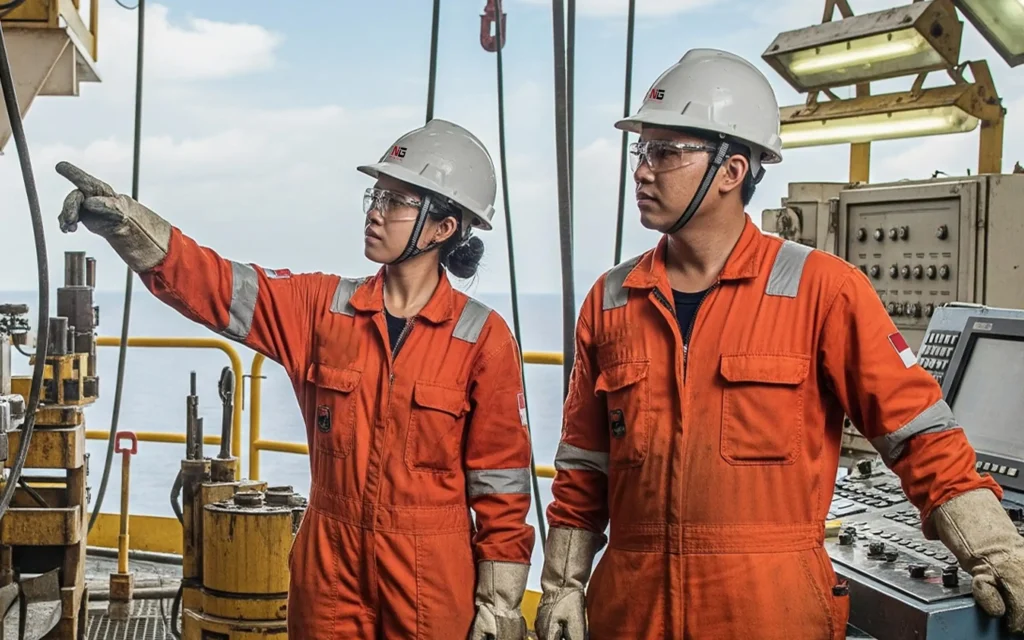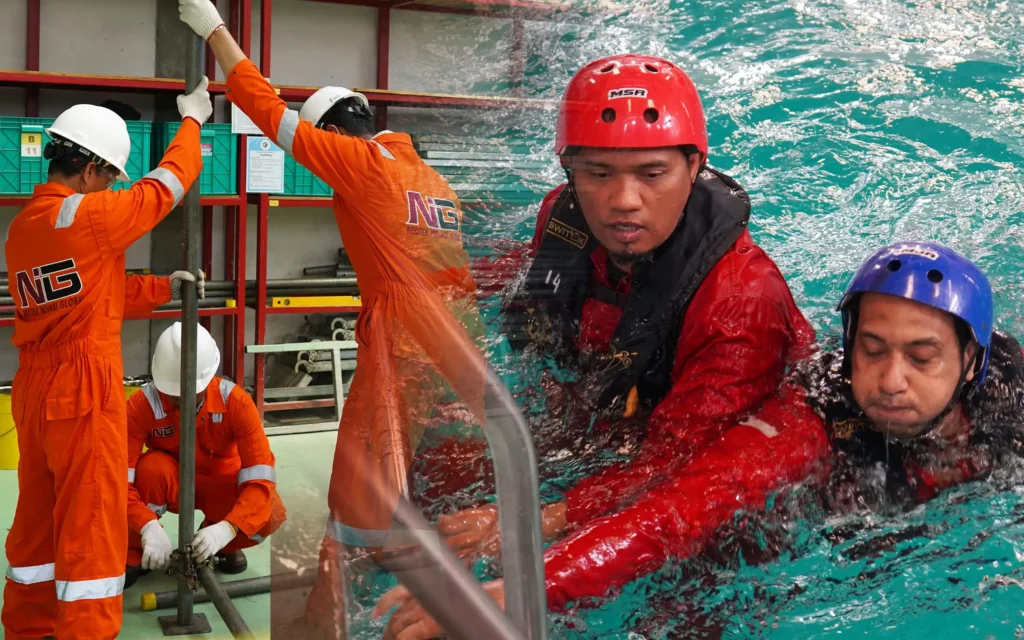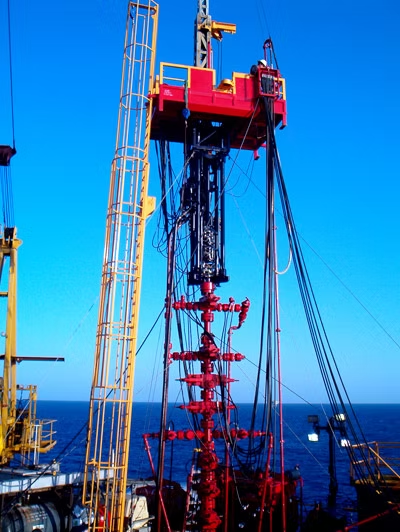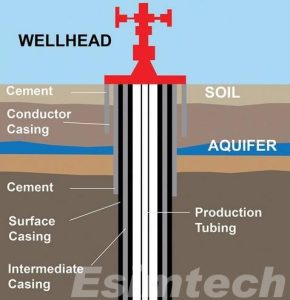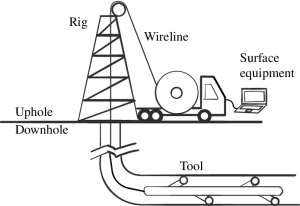In the oil and gas industry, snubbing is a critical well intervention method used when a well remains under pressure (live well). Through snubbing training, professionals gain the necessary knowledge and skills to safely perform interventions without killing the well, ensuring productivity and safety are maintained.
What Is Snubbing?
Snubbing is the process of running or pulling tubulars and tools into or out of a pressurized well using a snubbing unit.
This specialized equipment allows operators to safely conduct high-pressure well operations.
Common applications of snubbing include:
-
Performing workover operations without halting production
-
Fishing operations (retrieving stuck tools)
-
Well completion and maintenance
-
Well servicing and remedial operations
Due to the inherent risks of high-pressure environments—such as well kicks, blowouts, and equipment failure—comprehensive snubbing training is essential to ensure personnel safety and operational efficiency.
Why Snubbing Training Matters
Snubbing training is designed to ensure operators understand the fundamentals of pressure control, safety, and operational procedures.
Here are the key benefits:
-
🦺 Enhanced Safety Awareness
Participants learn to identify and manage hazards during high-pressure well operations. -
✅ Compliance with International Standards
The training follows standards such as IADC WellServ, IWCF, and API RP 57. -
⚙️ Improved Technical Competence
Operators gain deep understanding of snubbing unit components, hydraulic systems, and pressure control procedures. -
🌐 Reduced Downtime and Cost Efficiency
Live well intervention techniques minimize production downtime and maintain continuous output.
What You’ll Learn in Snubbing Training
A comprehensive snubbing training course typically covers the following topics:
1. Well Control Fundamentals
-
Hydrostatic pressure and pressure gradients
-
Formation pressure vs. column pressure
2. Snubbing Unit Components
-
Hydraulic jack system and slips
-
Blowout preventer (BOP) stack and control systems
-
Work basket and safety mechanisms
3. Snubbing Operational Procedures
-
Running and pulling tubulars under pressure
-
Communication and teamwork during live operations
-
Emergency shutdown and contingency procedures
4. Practical Simulation and Evaluation
Hands-on training using snubbing simulators ensures participants can apply theory in realistic field conditions.
Certification and Validity
Upon successful completion of snubbing training, participants receive an internationally recognized certificate of competence.
Certifications are often issued by organizations such as:
-
IWCF (International Well Control Forum)
-
IADC (International Association of Drilling Contractors)
-
API (American Petroleum Institute)
Typically, certificates are valid for two years, after which professionals must complete refresher training to stay compliant.
Who Should Attend Snubbing Training?
This training is ideal for:
-
Well intervention operators
-
Well service crews
-
Completion and production engineers
-
Supervisors and safety officers in drilling or well servicing operations
Both newcomers and experienced professionals can benefit from the comprehensive technical and safety content.
Conclusion
Snubbing training is not just a technical requirement—it’s a vital investment in safety, efficiency, and professional development.
With proper training, oil and gas personnel can confidently handle live well conditions, control pressure safely, and maintain operational excellence under high-risk environments.






